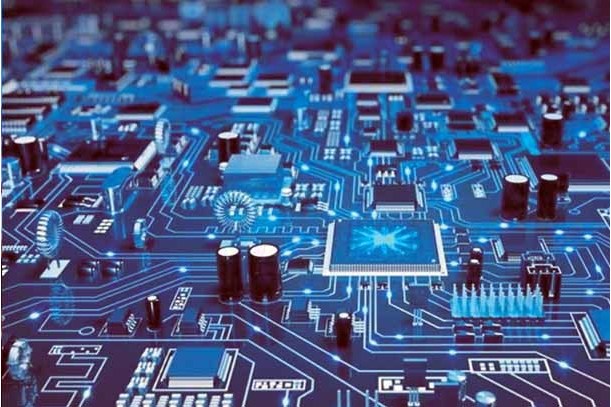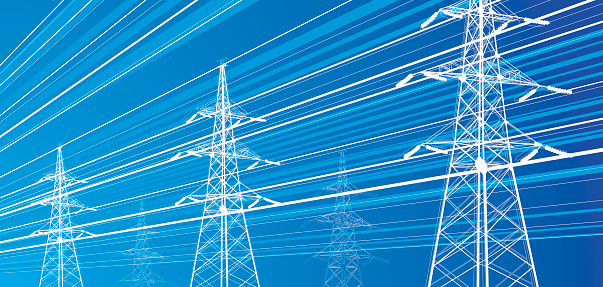About how to wire a dc to dc converter
A DC to DC converter is a device that converts a DC voltage from one level to another. This can be useful for powering devices that require a higher voltage than what is available from the battery or power supply.
What is a DC to DC converter?
A DC to DC converter is a device that takes an input voltage and converts it to a different output voltage. This can be useful for powering devices that require a specific voltage, or for converting voltages between different systems. There are a variety of different DC to DC converters available, each with its own specific features and benefits. When choosing a DC to DC converter, it is important to consider the input and output voltages, as well as the current requirements of the device.
How do you wire a DC to DC converter?
To wire a DC to DC converter, you will need to know the voltage of your input and output, and the current of your output. The converter will step up or step down the voltage, depending on the input and output. You will need to connect the input to the converter, and the output to the device. The converter will have a positive and negative output, which you will need to connect to the device.
What are the different types of DC to DC converters?
There are many different types of DC to DC converters. The most common type is the buck converter, which is used to step down voltage. The buck converter is a switching converter that uses a switching transistor to drive a transformer. The transformer steps down the voltage and the rectifier converts the AC to DC.
The buck converter is a popular choice because it is efficient and can handle a wide range of voltages. It can also be configured to provide a fixed output voltage or to regulate the voltage to a specific level.
Other types of DC to DC converters include the boost converter, the buck-boost converter, and the inverter. The boost converter is used to step up voltage, while the buck-boost converter can be used to step up or down voltage. The inverter is used to convert DC to AC.


































